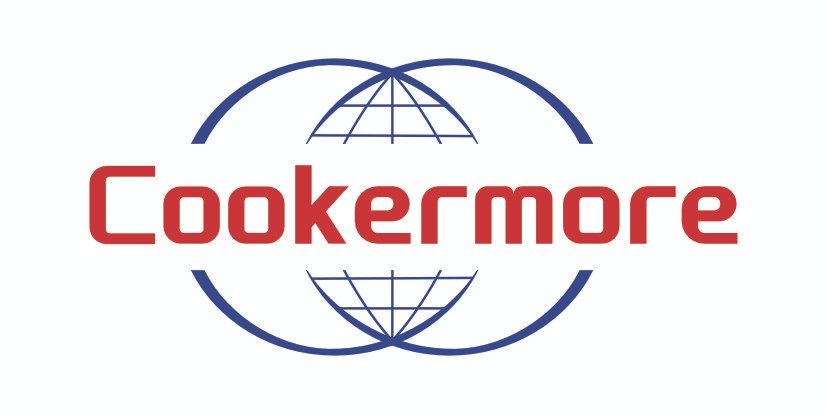Positioning gas stoves in the market is a comprehensive process that involves understanding target consumers, market demand, competitive landscape, and industry trends. Here are some key steps and considerations:
Target Consumer Analysis:
- Needs and Preferences: Research the specific needs of target consumers regarding gas stoves, such as flame size, safety features, energy efficiency, and design.
- Purchasing Power: Understand the purchasing power of target consumers to determine the appropriate price range for the product.
- Usage Habits: Explore how target consumers use gas stoves, including cooking methods and cleaning habits.

Market Segmentation:
- Geographic Segmentation: Consider the differences in cooking culture, climate conditions, and consumption habits in different regions.
- Demographic Segmentation: Segment consumer groups based on age, gender, occupation, family structure, etc.
- Psychographic Segmentation: Segment consumers based on lifestyle, values, and personality traits.

Competitive Analysis:
- Product Features: Study the gas stove products of competitors, analyzing their strengths and weaknesses.
- Market Share: Understand the market share of competitors and assess their market influence.
- Marketing Strategies: Analyze competitors’ pricing, distribution channels, promotions, and advertising strategies.

Product Differentiation Positioning:
- Functional Differentiation: Highlight unique product features such as smart controls, high energy efficiency, etc.
- Quality Differentiation: Emphasize the high quality and durability of the product to meet consumers’ demand for quality.
- Service Differentiation: Provide excellent after-sales service and warranty policies to enhance consumer confidence.

Pricing Strategy:
- Cost-Oriented Pricing: Price the product based on its cost, profit goals, and market share considerations.
- Market-Oriented Pricing: Set the price based on market demand, competitor prices, and consumer psychology.

Channel Strategy:
- Online Channels: Utilize e-commerce platforms and self-built websites for online sales.
- Offline Channels: Partner with physical stores and distributors to expand offline sales channels.

Marketing Strategy:
- Advertising and Promotion: Increase brand awareness and product exposure through TV, online, and outdoor advertisements.
- Promotions and Events: Organize various promotional activities such as discounts, giveaways, and limited-time offers to attract consumers.

Market Feedback and Adjustment:
- Market Testing: Conduct small-scale market tests to collect consumer feedback and evaluate market acceptance.
- Positioning Adjustment: Adjust market positioning strategies based on market feedback and competitive landscape.

In summary, positioning gas stoves in the market requires a comprehensive approach that considers multiple aspects. Starting from consumer needs, combined with the competitive landscape and industry trends, develop a positioning strategy that fits the actual market conditions. Through continuous market testing and adjustments, ensure the effectiveness and sustainability of the positioning strategy.








